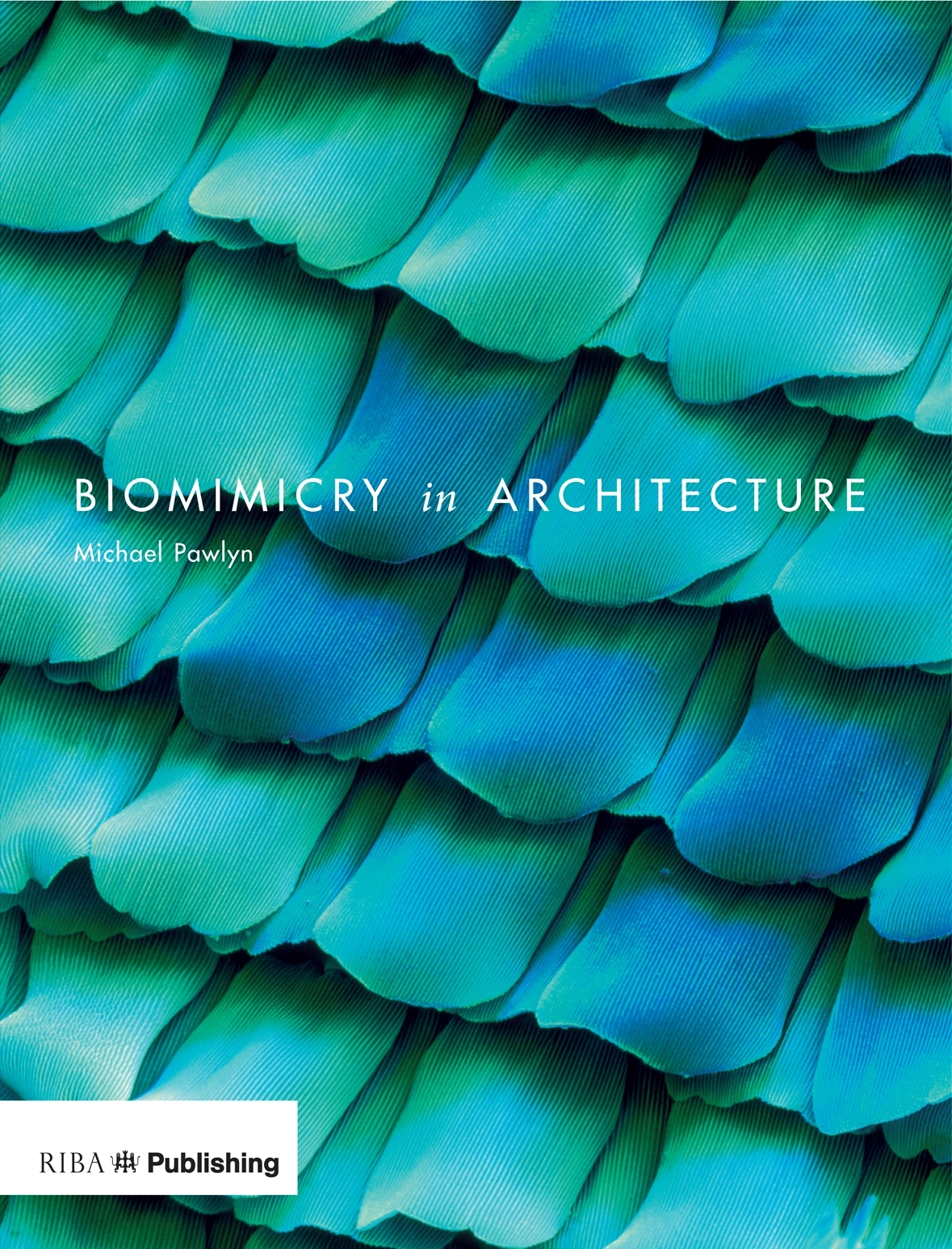Resources
Biometrics in schools
This unit introduces students to the different types of biometrics and how they can be used to identify an individual. It highlights how data derived from the measurement of individuals' biological characteristics can be used positively, but also how the collection, control, use and potential misuse of biometric...
Biomimetics
A Catalyst article describing how new materials can be designed by studying natural materials and how they work. In particular the development of Velcro, military fabric, swimwear and waterproofing is looked at. These products were developed by scientific study of natural products such as plant burrs, pinecones,...
Biomimicry
This resource looks at how biomimicry enables engineers to take ideas from the natural world to develop new products and designs. The specific example of gecko tape is used to illustrate this. Students play a game of pairs where they need to match technology with the animal or plant which inspired its development....
Biomimicry
This Catalyst article investigates biomimetics and discovers how scientists are finding ways of copying ideas from nature to improve products. The article is from Catalyst: Secondary Science Review 2015, Volume 26, Issue...
Biomimicry - design challenge
Part five of a series of five lessons covering biomimicry students will re-cap previous lessons learning on biomimicry. They will work in small groups and in a short time period complete a design challenge of producing a scaled model of an item of furniture using a provided image board. Students will be provided...
Biomimicry - in architecture
Part four of a series of five lessons covering biomimicry students will develop an understanding of how biomimicry has inspired architecture through shape and form. Throughout the lesson resource students will develop memory skills from studying images and being able to recreate them quickly as a free line sketch....
Biomimicry - in textiles/fabric design
Part three of a series of five lessons covering biomimicry students will develop an understanding of how biomimicry has inspired textile design from modern products to those throughout art and design history. Students will learn how fabrics and textiles have been inspired by nature through theory, images and videos...
Biomimicry - Morphing design strategies for creative thinking
Part two of a series of five lessons covering biomimicry students will develop strategies to produce creative design ideas using nature and natural forms as inspiration. Students will understand through designer examples (Alessi) how companies take inspiration using morphing as a strategy. A series of activities...
The Biomimicry 3.8 Institute is a not-for-profit organisation which promotes the transfer of ideas, designs, and strategies from biology to sustainable design. The Biomimicry 3.8 Institute’s programmes aim to broaden and deepen teachers’ knowledge of biomimicry and facilitate the integration of biomimicry into the...

In the search for genuinely sustainable building design and technology, designs that go beyond conventional sustainability to be truly restorative, we often find that nature got there first.
Over 3.5 billion...
